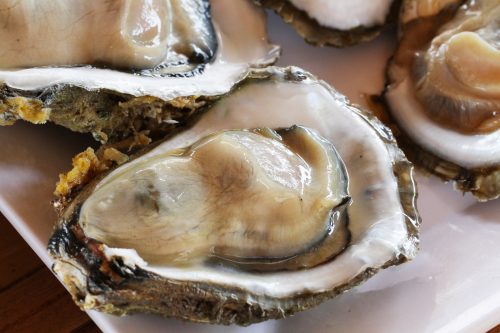
Senior nutritionist Rose Carr investigates so-called aphrodisiac foods.
Avocado
The Aztecs saw the avocado fruit hanging in pairs, named it the testicle tree and an aphrodisiac was born. The best scientists can do is relate a healthy diet to optimal functioning of brain chemicals – important for pleasure – and highlight the presence of glutathione (a powerful antioxidant), healthy fats, fibre and various vitamins. But don't expect an immediate effect when you eat avocado!
Celery
Celery contains andosterone, a male hormone. The theory is that men eat celery and when they perspire, they release andosterone which acts as a pheromone and turns women on. At the very least it might be a way to get your man to take an interest in vegetables?
Chilli
Capsaicin, which gives chilli its heat, can speed up the metabolism, increase circulation and induce the release of endorphins creating a temporary high. This may remind you of sex (or having just run a marathon). Eating a lot of chilli may also irritate the genitals and urinary tract giving sensations similar to sexual arousal.
Chocolate
Chocolate contains small amounts of chemicals associated with passion and stamina, but while scientists have spent many years trying, none can produce proof that chocolate is an aphrodisiac. Perhaps the role of chocolate in romance and seduction and the undoubted sensory pleasure of eating it are the real aphrodisiacs.
Oysters
A 2006 article in the journal Hypothesis highlighted the relatively high amount of cholesterol in oysters, and that testosterone, the primary hormone responsible for libido in both men and women, is produced in our bodies from cholesterol. But the US Food & Drug Administration says, there is no scientific evidence to support the theory oysters are an aphrodisiac.
www.healthyfood.com










